TRACEnet Technology

Breakthrough technology
TRACEnet is an invention that aims at tracing and mapping any biochemical element flowing through water networks. The technology uses a unique approach based on multiple inputs. The scientifiic background gears towards graph theory, fractal analysis, and AI.
TRACEnet is based on five distinct main pillars:
1- Hierarchy - a primary network characteristic
2- Iteration - sampling implies recursive operations
3- Selection - uninfected/uncontaminated areas are left aside
4- Scale - the method is scale independent
5- Heuristics - the system is entirely deterministic

Core algorithms
Although dependent on lab analysis results and their quality, TRACEnet innovates in network tracing through its ability to address complex systems and process large datasets while minimizing the probability of errors. The technology allows tracing biochemical elements up to their emission places with no other limit than legislation and privacy protection. Accuracy is dependent on the adequacy between the objectives to be reached and the practical means made available to us. Single point WWTP surveillance systems find a complementary solution.

Addressing hierarchical networks
TRACEnet addresses acyclic, directed and hierarchical, not relational, networks. Sewerage systems are much more complex than natural hydrographic networks, but our expertise helps developing suitable solutions:
1- Most often, they are badly mapped and known
2- Dataset heterogeneity is a byproduct of history
3- Ground reality is often far away from models
As a consequence, many heavy, preliminary correcting operations are necessary before the core TRACEnet algorithms are applied. This is part of our expertise.

A cost effective solution
Once the network is modeled, optimized sampling becomes possible and its operating mode is determined by practical means (workforce, automatic sampling devices) and specific lab analysis constraints (time, cost). Our mission consists in selecting the most appropriate places to gather water samples along pipes/streams through field staff, automatic samplers or IoT sensors. The operation aims at avoiding unnecessary sampling at non/least contaminated places. The efficiency gain is maximized. We provide the online services that will help field operators to locate sampling sites.

Cluster mapping
The final processing step consists in mapping the identified clusters. We planned two scenarios. The first one proceeds with spatial interpolation, mainly for communication purposes. The second one uses buildings with accurate information rendering for authorized public bodies. Map design is fully customizable.






